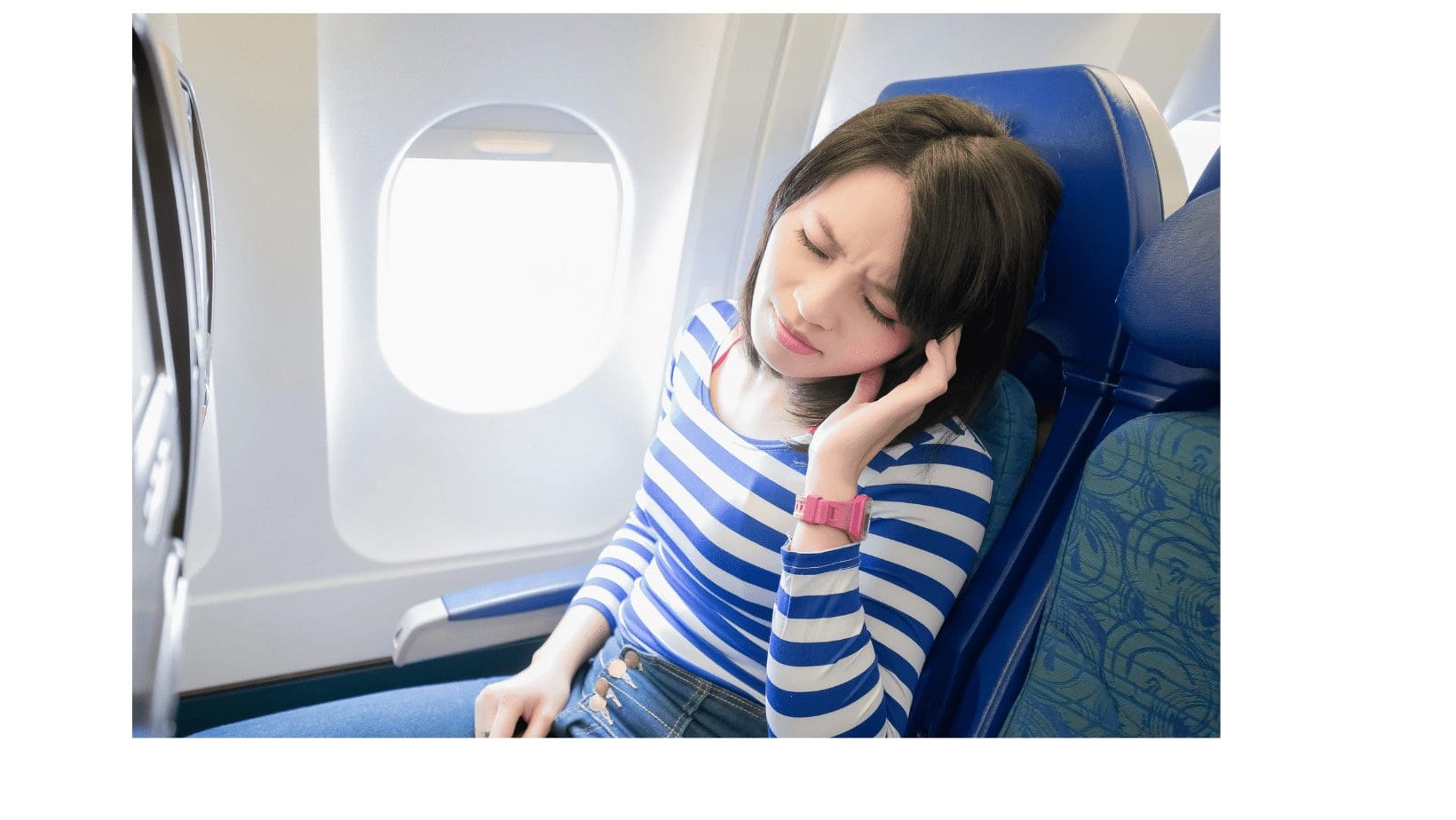
Medical Considerations for Air Travel
It is not unusual for commercial aircraft to cruise at altitudes up to 40,000 feet, with cabin pressures equal to those encountered at altitudes of 5,000 to 8,000 feet. Because a drop in pressure from sea level causes expansion of air in a closed space, air travel can be hazardous for patients who have had recent eye surgery or for those with sinus or bowel problems.
The following is a list of conditions for which commercial airline travel is generally not advised. Since these recommendations may change over time, individual patients may require special considerations and their medical doctor should be consulted.
- Cardiovascular conditions: Severe hypertension, heart failure, stroke within the past two weeks, and heart attack within four weeks.
- Lung conditions: Pneumothorax, congenital pulmonary cysts, and less than 50% vital capacity.
- Ear, nose and throat conditions: Recent eye surgery, acute sinus infection, acute ear infection, and acute upper respiratory infections (URI). If it’s necessary to fly with a URI, a spray decongestant should be used and the patient should be shown how to maneuver to open the auditory tube during the plane’s descent.
- Gastrointestinal conditions: Acute esophageal varices, acute gastroenteritis, acute diverticulitis or ulcerative colitis, and abdominal surgery within two weeks.
- Neuropsychiatric conditions: Recent skull fracture, brain tumor, prior events of violent or unpredictable behavior and uncontrolled epilepsy.
- Hematologic conditions: Hemophilia, anemia with hemoglobin <8 and sickle-cell disease.
The patient should fly with a travel companion who is knowledgeable about the patient’s medical problems and special food needs, capable of assisting with transfers, and resourceful in handling problems that may arise. Small amounts of water or other fluids should be taken during the trip. Elderly patients can become dehydrated and not feel thirsty. Water loss is increased by the lower humidity of airplane cabins.
There may be a need to adjust timing of medications when crossing time zones. If possible the patient’s schedule should be adjusted so that it won’t be necessary to use restrooms. Airplane bathrooms are small and it is difficult to help some patients in a tight space.
Some hazards of air travel are unavoidable. Persons immobilized in a sitting position for a long time will likely experience swollen feet. This can be reduced with frequent muscle contracting exercises. The easiest way to do this is to set a book on the floor in front of the feet and pressing the toes and balls of the feet against the book, and by moving legs up and down. A few inches of movement is sufficient. Ambulatory patients should be assisted in taking short walks around the cabin periodically, especially on flights longer than two hours.
While it is wise to be wary of the ability of certain patients to make an airplane flight, most patients can be transported safely. Once the patient and family delineate and carry out prospective responsibilities, airplane travel can be smooth and trouble-free, and actually enhance the patient’s physical and psychological well-being.
Persons immobilized in a sitting position for a long time will likely experience swollen feet.
